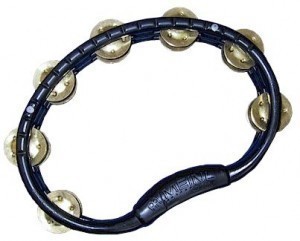What is the Size of a Comet?
A comet is a relatively small, wandering body in the solar system.  It is made up of ice, rock and debris at its core. On the outside it appears as a fiery ball with a tail. Comet size measured from the core can be dozens of kilometers large or only a couple of hundred meters.
It is made up of ice, rock and debris at its core. On the outside it appears as a fiery ball with a tail. Comet size measured from the core can be dozens of kilometers large or only a couple of hundred meters.
Comets in History
Ancient peoples observed comets as closely as they did other heavenly bodies. There was no advanced equipment like telescopes that could track and predict the appearance of comets. A comet would only be seen suddenly in the night sky. Most of the time, a comet was seen as an omen of doom. It didn’t matter what the comet size was. According to long-held beliefs, the appearance of comets signaled the deaths of kings and leaders, overthrows of government, natural calamities, the wrath of the gods and other misfortunes.
A famous event involving a comet was the Battle of Hastings where William the Conqueror and the Normandy army defeated King Harold of England. The Bayeux Tapestry tells the story of events leading up to this battle. It depicts Halley’s Comet, which was believed to have signaled the event. The comet certainly appeared to bring doom to Harold, and the opposite to William.
Comets were not always associated with war and death. In ancient Rome, a comet passed by the heavens at the time of Augustus Cesar’s coronation. The Romans believed the comet meant that Augustus’ rule had the blessing of the gods. Sure enough, August brought Pax Romana to the empire, the Roman peace.
Comet References in Early Literature
References to moving or falling stars in the Book of Revelation and the Babylonian Epic of Gilgamesh are thought to refer to comets.
Some speculate that the Star of Bethlehem cited in the New Testament was really a comet. According to some scholars, Chinese astronomers recorded several comet appearances between 12 BC and 4 BC – just around the time of Christ’s birth. A comet is a moving body and can be seen for long periods. The Gospel of Matthew records that the “star” led the “wise men” to Christ and stopped right where the latter was. Whether it was a star or a comet, it was clearly regarded by people at the time as a heavenly sign.
The astrologer Claudius Ptolemy wrote about comets in his astrological treatise Tetrabiblos. Ptolemy stated that comets bring violence, atmospheric disturbances and ill health. He claimed that the zodiac sign a comet was seen in gave clues to what would happen.





